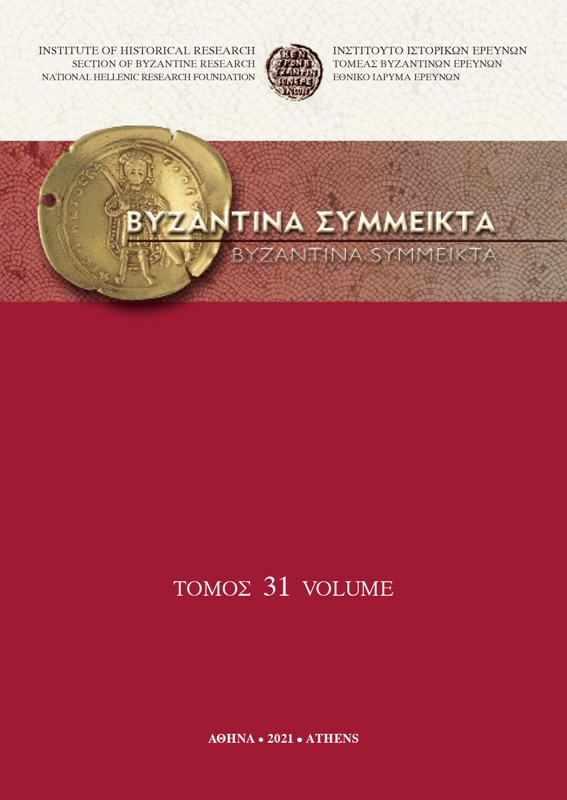Literary Representations of Descent and Social Mobility: the Case of the Lakapenoi

Abstract
Ο Ρωμανός Α΄ Λακαπηνός παραδοσιακά θεωρείται ταπεινής καταγωγής. Ωστόσο, η δωρεά ενός τόπου βασιλικοῦ από τον Βασίλειο Α΄ στον πατέρα του, Θεοφύλακτο Αβάστακτο, και η εξ αγχιστείας συγγένεια με τον στρατηγό Αδράλεστο έχει οδηγήσει σε αναθεώρηση της επικρατούσας άποψης σχετικά με την κοινωνική καταγωγή των Λακαπηνών. Ταυτόχρονα, οι πηγές που αναφέρονται ρητά στο ζήτημα παραδίδουν αποκλίνουσες εκδοχές. Στο παρόν άρθρο εξετάζεται, αφενός, η κοινωνική θέση της οικογένειας μέσα από την δράση των μελών της και, αφετέρου, επιχειρείται ερμηνεία των στρατηγικών με τις οποίες οι πηγές αναπαριστούν την καταγωγή των Λακαπηνών, με ιδιαίτερη έμφαση στα πολιτικά κίνητρά τους και την πρόσληψη του φαινομένου της κοινωνικής κινητικότητας. Προτείνεται ότι η οικογένεια ήταν άσημη και πως η σταδιακή άνοδός της επέτρεψε στον Ρωμανό να σφετεριστεί τον θρόνο, καθώς και ότι δύο φιλολακαπηνικές πηγές, μολονότι ενδέχεται να αναπαράγουν κοινές παραδόσεις, διαφωνούν ως προς την καταγωγή του Ρωμανού λόγω της διαφορετικής προέλευσης και στόχευσής τους.
Article Details
- How to Cite
-
KOSTOURAKIS, N. L. (2021). Literary Representations of Descent and Social Mobility: the Case of the Lakapenoi. Byzantina Symmeikta, 31, 29–50. https://doi.org/10.12681/byzsym.23210
- Issue
- BYZANTINA SYMMEIKTA 31
- Section
- Articles

This work is licensed under a Creative Commons Attribution-NonCommercial-ShareAlike 4.0 International License.
Copyright: The copyright for articles in this journal is retained by the author(s), with first publication rights granted to the journal. By virtue of their appearance in this open access journal, articles are free to use (with the exception of the non-granted right to make derivative works) with proper attribution for non-commercial uses (licence Creative Commons 4.0). NHRF retains the worldwide right to reproduce, display, distribute, and use articles published in BYZANTINA SYMMEIKTA in all formats and media, either separately or as part of collective works for the full term of copyright. This includes but is not limited to the right to publish articles in an issue of the Journal, copy and distribute individual reprints of the articles, authorize reproduction of articles in their entirety in another NHRF publication, and authorize reproduction and distribution of articles or abstracts thereof by means of computerized retrieval systems.


